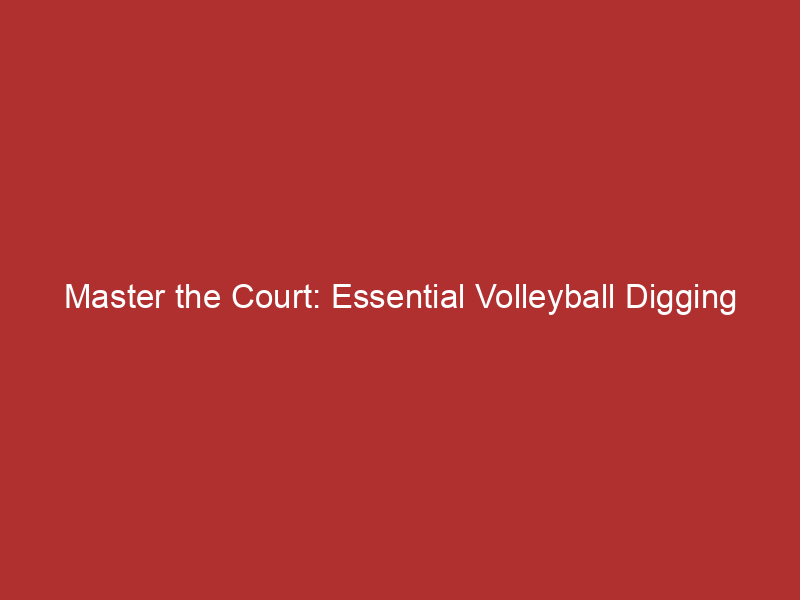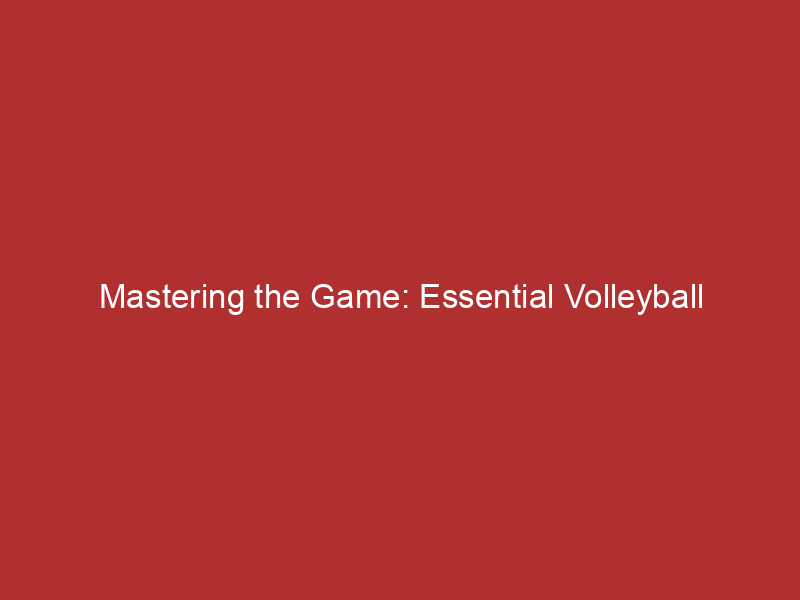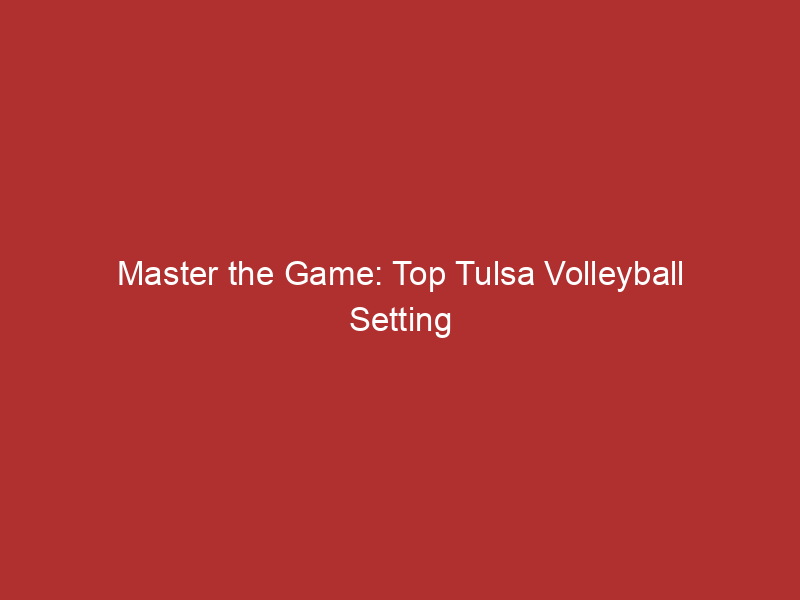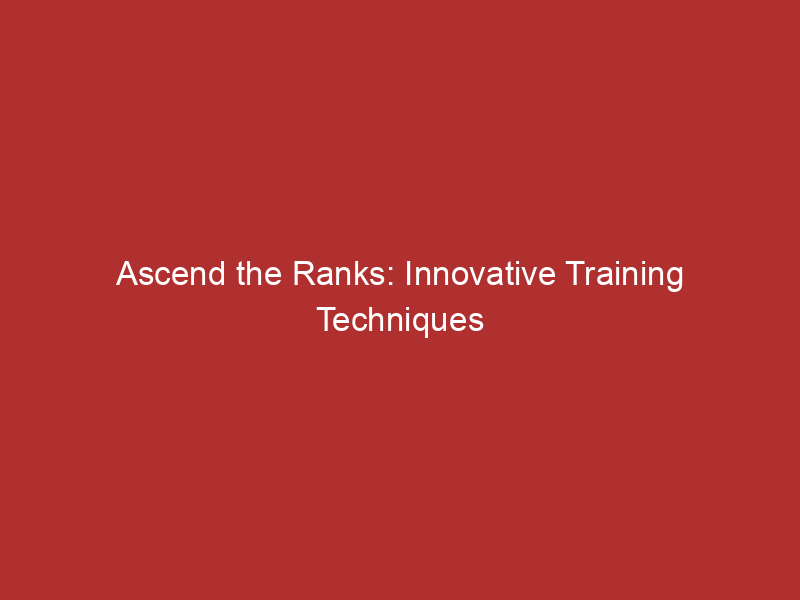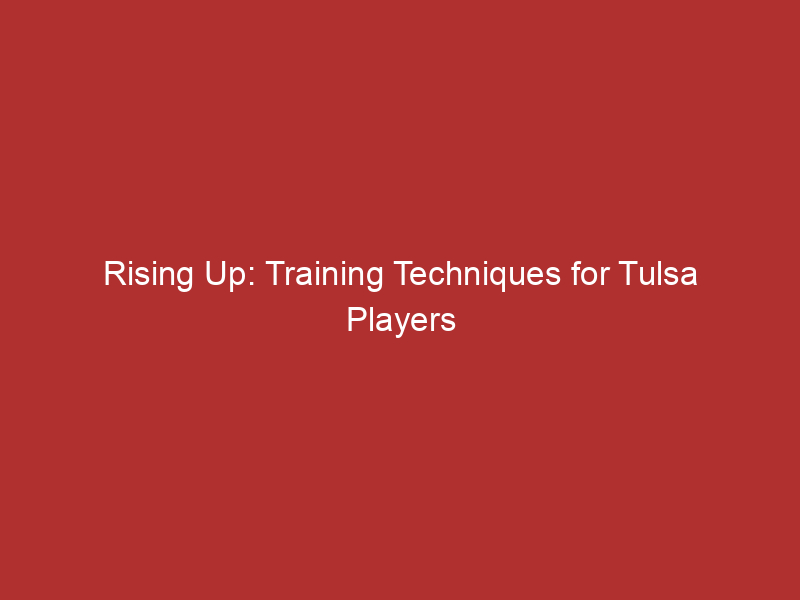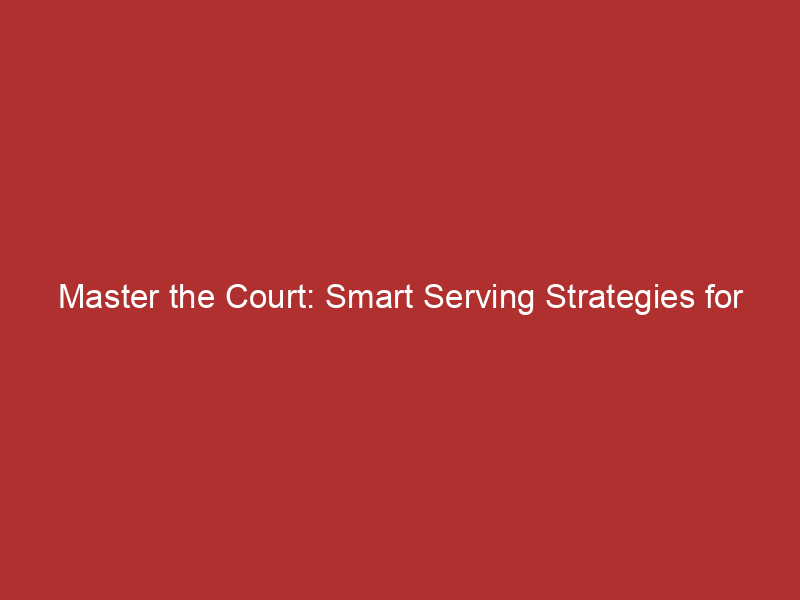Introduction to Volleyball Basics for Beginners
Hey there, future volleyball star! Welcome to the exciting world of volleyball. This guide is designed to help you understand the basics of the game, the importance of mastering basic skills, and an introduction to volleyball digging. Let’s dive right in!
- Understanding the Game
- Importance of Mastering Basic Skills
- Introduction to Volleyball Digging
Volleyball is a fun and exciting sport that requires teamwork, quick thinking, and agility. Two teams of six players each try to score points by grounding the ball on the other team’s court. Sounds simple, right? But there’s a lot more to it! The game is filled with rules and strategies that make it a thrilling challenge. For example, did you know that each player has a specific position and role in the team? Or that the ball can’t be caught or thrown? Check out this link to learn more about the rules of volleyball.
Like any sport, volleyball requires practice and skill. But don’t worry, you don’t have to be a pro to start playing! Mastering basic skills like serving, passing, setting, hitting, blocking, and digging can make a big difference in your game. These skills are the building blocks of volleyball, and the better you get at them, the more fun you’ll have on the court. Remember, practice makes perfect!
Now, let’s talk about digging. No, we’re not talking about shovels and dirt here! In volleyball, a dig is a defensive move used to prevent the ball from hitting the court after a spike from the opponent. It’s a crucial skill that can save your team from losing points. But don’t worry, we’ll cover more about digging in the next sections of this guide. So, stay tuned!
So, are you ready to start your volleyball journey? Remember, it’s all about having fun and improving your skills. So, don’t be afraid to make mistakes and keep practicing. You’ve got this!
Volleyball Digging Fundamentals
Hey there, volleyball enthusiasts! Today, we’re going to dive into the exciting world of volleyball digging. This is a super important skill that can really help your team out on the court. So, let’s get started!
What is Volleyball Digging?
Ever wondered what volleyball digging is? Well, it’s not about shovels and dirt, that’s for sure! In volleyball, digging is all about defense. It’s a move you use to prevent the ball from hitting your side of the court after the opponent makes a powerful attack. Let’s break it down a bit more.
- Definition and importance of digging in volleyball: Digging is a defensive move in volleyball where you hit the ball in an upward direction to keep it from touching the ground on your side. It’s super important because it can stop the other team from scoring a point. Plus, a good dig can turn defense into offense in a snap!
- Role of digging in defensive techniques: Digging is a key part of volleyball’s defensive techniques. It’s usually used when the ball is coming at you fast and low. By digging the ball, you can keep it in play and give your team a chance to set up an attack. It’s like a volleyball superhero move!
So, that’s the scoop on volleyball digging. It’s a cool move that can really help your team out. Plus, it’s a lot of fun to do! Stay tuned for more volleyball tips and tricks. Happy digging!
Key Elements of a Good Dig
When it comes to making a good dig in volleyball, there are three main things you need to focus on. Let’s break them down:
- Proper Positioning
- Effective Arm Swing
- Correct Body Posture
Positioning is everything in volleyball. You need to be in the right place at the right time. This means you have to anticipate where the ball is going to land and move quickly to that spot. It’s like being a detective, you have to read the clues and make your move. Remember, the ball won’t come to you, you have to go to the ball!
Next up is the arm swing. This is how you hit the ball. You want to swing your arms in a smooth, controlled motion. Imagine you are trying to push the ball with your arms, not hit it. This will help you control where the ball goes. Practice makes perfect, so keep swinging!
Last but not least, is body posture. You need to keep your body balanced and ready to move. This means bending your knees and keeping your body low. Think of it like you’re a spring, ready to bounce into action. A good posture can make all the difference between a good dig and a great one!
So there you have it, the three key elements of a good dig. Remember, practice makes perfect, so keep working on these skills and you’ll be digging like a pro in no time!
Beginner Volleyball Techniques: Learning Volleyball Digging
Hey there, future volleyball stars! Today, we’re going to dive into one of the most important skills in volleyball – digging. This technique is your best defense against powerful spikes from the opposing team. So, let’s get started!
Step-by-Step Volleyball Digging Tutorial
Here’s a simple, step-by-step guide to help you master the art of volleyball digging. Remember, practice makes perfect!
- Getting into the ready position
- Reacting to the ball
- Executing the dig
First things first, you need to get into the right position. Stand with your feet shoulder-width apart, knees slightly bent, and hands in front of you. This stance will help you move quickly in any direction. Think of yourself as a superhero ready to spring into action!
Next, keep your eyes on the ball. As soon as you see the ball coming your way, move towards it. Don’t wait for the ball to come to you, be proactive! Remember, the goal is to keep the ball from hitting the ground on your side of the court.
Now, it’s time for the actual dig. As the ball approaches, bend your knees and lower your body to the ground. Extend your arms and make a flat surface with your hands to contact the ball. The idea is to ‘dig’ the ball up and send it high into the air so your team has time to set up the next play. It’s all about teamwork!
And there you have it! With these steps, you’re well on your way to becoming a digging pro. Remember, the key to success in volleyball, like any sport, is practice. So, grab a ball and start digging!
Common Mistakes and How to Avoid Them
Now that we’ve covered the basics of volleyball digging, it’s time to talk about some common mistakes beginners often make. Don’t worry, though! We’re also going to share some tips on how to avoid these pitfalls.
- Incorrect body posture: This is a biggie! Having the wrong posture can make it harder for you to move quickly and react to the ball. To avoid this, always remember to keep your knees slightly bent and your weight on the balls of your feet. This will help you stay agile and ready to move in any direction. For more tips on proper volleyball posture, check out this Wikipedia article.
- Late reaction to the ball: Timing is everything in volleyball. If you react too late, you might miss the ball entirely. The key to avoiding this mistake is to always keep your eyes on the ball and anticipate its trajectory. Practice makes perfect, so don’t get discouraged if you don’t get it right away!
- Improper arm swing: When you’re digging, it’s important to swing your arms in a smooth, controlled motion. If your swing is too wild or erratic, you might send the ball flying in the wrong direction. To improve your arm swing, try practicing without a ball first. Focus on moving your arms in a fluid, sweeping motion. Once you’ve got that down, add the ball back into the mix.
Remember, everyone makes mistakes when they’re learning something new. The important thing is to keep practicing and learning from those mistakes. With time and patience, you’ll be a volleyball digging pro in no time!
Volleyball Digging Drills
Hey there, volleyball enthusiasts! Today, we’re going to explore some super fun and effective volleyball digging drills. These drills will not only improve your game but also make your practice sessions more exciting. So, let’s dive right in!
Drills for Improving Reaction Time
Reaction time is crucial in volleyball, especially when it comes to digging. The faster you react, the better your chances of keeping the ball in play. Here are a couple of drills that can help improve your reaction time:
- Ball Drop Drill
- Partner Toss Drill
This is a simple yet effective drill to improve your reaction time. One player holds a ball and drops it unexpectedly. The other player, standing a few feet away, has to sprint and dig the ball before it hits the ground. This drill not only improves reaction time but also enhances agility and speed. Remember, the key is to stay focused and ready to move at all times.
In this drill, you’ll need a partner. Your partner will toss the ball in different directions, and your task is to dig the ball each time. This drill helps improve your reaction time and also helps you get better at predicting the ball’s direction. The more you practice, the better you’ll get at it. So, grab a partner and start tossing!
Remember, practice makes perfect. The more you work on these drills, the better your reaction time will be. So, don’t wait, grab a ball, find a partner, and start practicing these volleyball digging drills today!
Drills for Enhancing Body Control and Positioning
Mastering body control and positioning is a key part of volleyball. It helps you move quickly and accurately on the court. Here are two drills that can help improve your body control and positioning:
- Mirror Drill
The mirror drill is a fun and effective way to improve your body control. It’s like playing a game of ‘follow the leader’. Here’s how you do it:
- Pair up with a partner. One of you will be the leader, and the other will be the follower.
- The leader moves around the court, and the follower tries to mirror their movements as closely as possible.
- Switch roles after a few minutes so both players get a chance to lead and follow.
This drill helps you improve your agility, balance, and coordination. It also helps you learn how to read and anticipate your opponent’s movements.
- Shadow Drill
The shadow drill is another great exercise for enhancing body control and positioning. It’s similar to the mirror drill, but with a twist. Here’s how it works:
- Again, pair up with a partner. One of you will be the ‘shadow’, and the other will be the ‘player’.
- The player moves around the court, and the shadow tries to stay directly behind them, mimicking their movements.
- Switch roles after a few minutes.
This drill helps you improve your speed, agility, and reaction time. It also helps you learn how to position yourself effectively on the court.
Remember, practice makes perfect. So, keep practicing these drills and you’ll see improvements in your body control and positioning in no time!
Volleyball Digging Tips and Tricks
Now that we’ve covered the basics and some drills, let’s dive into some handy tips and tricks that can help you master the art of volleyball digging. These are simple yet effective strategies that can make a big difference in your game.
- Staying focused on the ball
- Practicing with a variety of drills
- Consistently working on body positioning
Keeping your eyes on the ball is crucial in volleyball. It’s easy to get distracted by the other team’s movements or your own thoughts. But remember, the ball is your main target. By focusing on the ball, you can better predict its trajectory and make a successful dig. It’s all about concentration and quick reflexes!
Practice makes perfect, and this is especially true in volleyball. Try a variety of drills to improve your digging skills. This can include wall drills, partner drills, and group drills. Each type of drill will challenge you in a different way and help you become a well-rounded player. Don’t be afraid to try new drills and push your limits. Remember, the more you practice, the better you’ll get!
Your body positioning is key when it comes to digging. You need to be in a balanced and ready position to react quickly to the ball. This means having your feet shoulder-width apart, knees slightly bent, and arms ready in front of you. Consistently working on your body positioning can greatly improve your digging skills. It might feel awkward at first, but with practice, it will become second nature.
These tips and tricks are a great way to enhance your volleyball digging skills. Remember, it’s all about practice, focus, and the right body positioning. Keep these tips in mind during your next practice or game, and you’ll be digging like a pro in no time!
Volleyball Training for Beginners
Hey there, future volleyball stars! Let’s dive into the exciting world of volleyball training. Especially for beginners, regular training is super important. Let’s find out why!
Importance of Regular Training
So, why is regular training so important? Well, there are three big reasons:
- Building muscle memory
- Improving reaction time
- Enhancing overall performance
When you practice a skill over and over, your muscles start to “remember” how to do it. This is called muscle memory. The more you practice, the better your muscle memory gets. This means you can perform skills without even thinking about it! Cool, right? Learn more about muscle memory here.
Ever notice how some players seem to move before the ball is even hit? That’s because they’ve trained their reaction time. With regular practice, you can improve your reaction time too. This means you’ll be faster on the court and ready for anything!
Regular training doesn’t just help with specific skills. It also improves your overall performance. You’ll be stronger, faster, and more confident on the court. Plus, you’ll have a better understanding of the game. That’s a win-win!
So, are you ready to start training? Remember, practice makes perfect. So, grab your volleyball and let’s get started!
Creating a Training Schedule
Hey there, future volleyball champs! Let’s talk about how to create a training schedule that will help you master the game. It’s not just about practicing a lot, but practicing smart. Here are three key steps to creating a successful training schedule:
- Allocating time for different skills
- Incorporating rest days
- Setting achievable goals
Every volleyball player needs to be a jack of all trades. You’ve got to serve, set, dig, block, and attack. That’s a lot of skills to master! So, it’s important to allocate time for each skill in your training schedule. For example, you might spend Monday and Wednesday working on your serving and setting, Tuesday and Thursday on digging and blocking, and Friday on attacking. Remember, Rome wasn’t built in a day, and neither will your volleyball skills. So, take your time and focus on one skill at a time.
Rest days are just as important as training days. Your body needs time to recover and build strength. Plus, rest days can help prevent injuries. So, make sure to include at least one or two rest days in your training schedule. And remember, rest doesn’t mean you have to be a couch potato all day. You can do some light activities like walking or stretching to keep your body moving.
Goals are what keep us motivated. But it’s important to set goals that are achievable. If you’re a beginner, don’t expect to become a pro overnight. Instead, set small, achievable goals. For example, your first goal might be to serve the ball over the net consistently. Once you achieve that, you can set a new goal, like improving your serve accuracy. Remember, every small achievement brings you one step closer to becoming a volleyball champ!
Creating a training schedule might seem like a lot of work, but it’s worth it. With a well-planned schedule, you’ll be able to improve your skills, avoid injuries, and stay motivated. So, grab your volleyball and start planning your training schedule today!
Conclusion: Mastering Volleyball Skills for Beginners
As we wrap up our journey into the world of volleyball, let’s take a moment to revisit what we’ve learned and look forward to the exciting journey ahead. Remember, becoming a pro doesn’t happen overnight. It takes time, effort, and a whole lot of practice. So, let’s dive in!
- Recap of volleyball digging techniques
We’ve gone through the basics of volleyball digging, a crucial skill for any budding volleyball player. We learned about the correct body posture, the importance of footwork, and how to effectively use your arms to dig the ball. We also discussed some drills you can practice to improve your digging skills. If you need a refresher, check out the Wikipedia page on volleyball digging.
- Importance of consistent practice
Like any other sport, volleyball requires consistent practice. The more you practice, the better you’ll get. It’s not just about quantity, though. Quality practice is key. Make sure you’re focusing on your technique and not just going through the motions. Remember, practice makes perfect!
- Encouragement for continuous learning and improvement
Finally, keep in mind that learning is a lifelong journey. Even the best volleyball players in the world are always looking for ways to improve. Don’t get discouraged if you make mistakes. Instead, use them as learning opportunities. Keep pushing yourself, stay motivated, and most importantly, have fun!
Mastering volleyball skills as a beginner might seem daunting at first, but with dedication, practice, and a positive attitude, you’ll be spiking and digging like a pro in no time. So, what are you waiting for? Grab a volleyball and start practicing!

